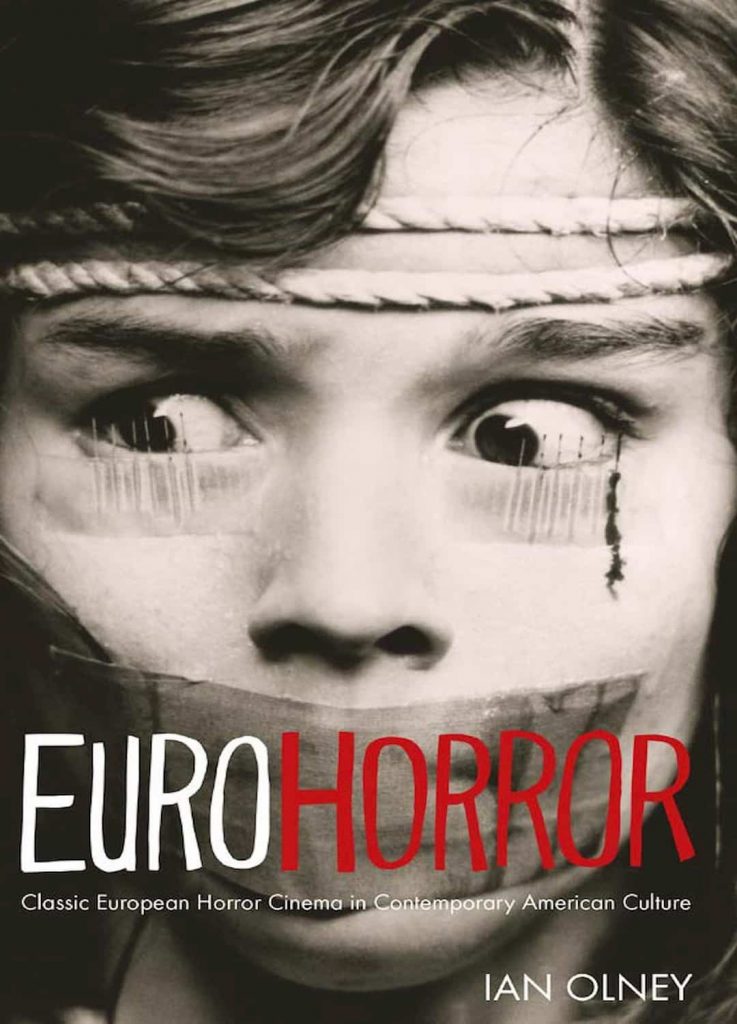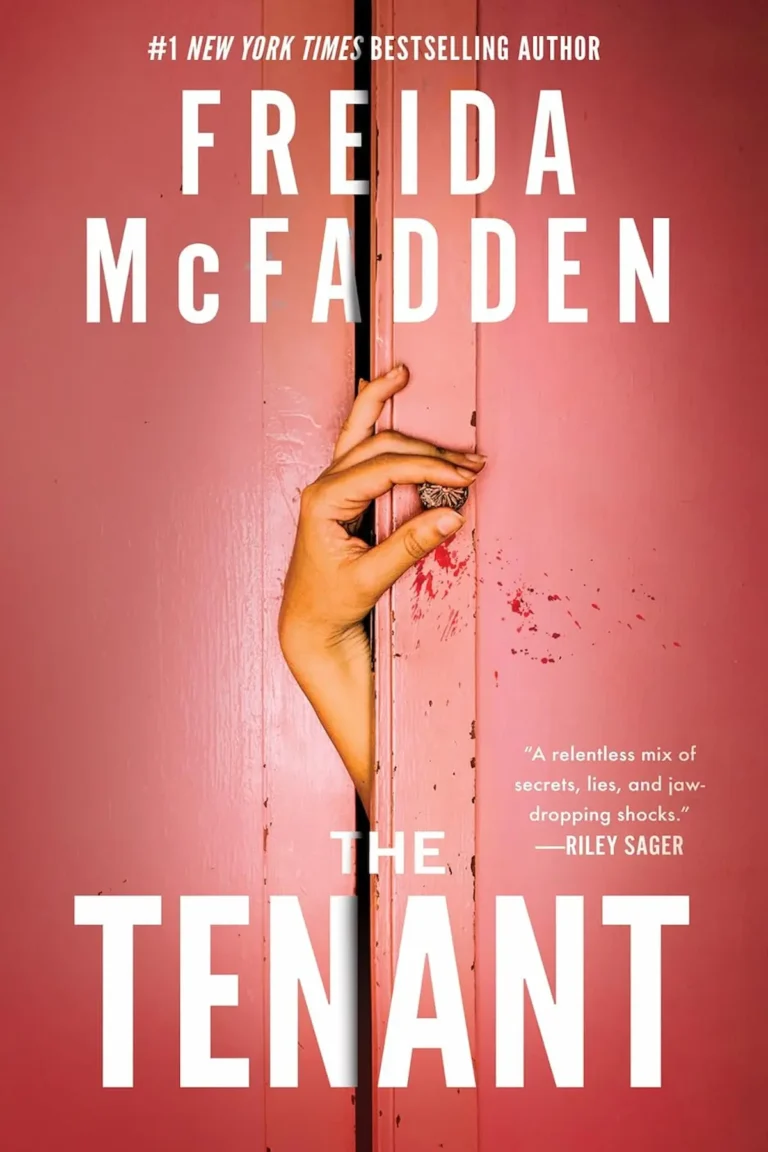Euro Horror Investigates a Sudden Improvement in American popular Civilization: the significant cult following obtained as the late 1990s by movies from the golden era of twentieth-century Continental European horror movie. Between the mid-1950s along with also the mid-1980s, these Euro in astonishing amounts and have been shown at the USA at rural drive-ins and in metropolitan grind house theaters of this kind that if stuffed times Square in NYC.

Than most American and British horror movies of the moment, they had been adopted by hardcore celebrity lovers and denounced by critics since the worst type of cinematic garbage. Eventually, the changing tastes of movie audiences, reflected within the Reagan era resurgence of Hollywood and therefore the contemporaneous decline of film industries in Europe, led to the top of Euro horror’s golden age and therefore the disappearance of those movies from circulation. Today, however, they need reappeared on DVD and Blu-ray, on cable and satellite TV, at film festivals and retrospectives, and in midnight movie programming and theatrical re-releases.
Their reemergence has inspired cinematic homages from directors like Quentin Tarantino, and Jean Rollin; more significantly, it’s inspired the devotion of an entire new generation of yank fans, who have built home video collections, joined online communities, and created fan art to celebrate their favorite Euro horror movies, directors, genres, and stars. Unfortunately, despite the crucial place of Euro horror within the history of horror cinema and therefore the buzz surrounding it in contemporary American popular culture, little has been written about it in the field of Film Studies. This book aims to correct that oversight by exploring a number of the foremost popular genres of Euro horror cinema – including the Giallo film, the S&M horror film, and the cannibal and zombie films – and by developing a theory that explains their considerable appeal to audiences today.
Euro Horror is divided into two main parts. In part 1, I develop a performative theory of Euro horror cinema. Film theory and criticism, their unprecedented availability within the United States today, and their substantial popularity among contemporary American viewers. The reason for this, I argue, has got to do with certain lingering aesthetic, ideological, theoretical, and cultural prejudices that continue to define which films are considered worthy of serious study within academia. Its marginalization is unfortunate because Euro horror represents, in my view, what many scholars are trying to find in more mainstream sorts of horror cinema: a nexus not just of revolting bodies, but of bodies in revolt.
I suggest that the radical potential of Euro horror cinema has got to do with the distinctive manner during which it affords viewers the chance to approach film spectatorship as a form of “play” or performance. In the first place, Euro horror movies foster spectatorship as performance because of how they were originally made: the uniquely postmodern qualities of Euro horror cinema prompt viewers to adopt multiple viewing positions and experiment with a variety of subjectivities during a fashion generally proscribed by mainstream cinema and the dominant social order.
Furthermore, Euro horror films foster spectatorship as performance because of the way they are now viewed: the electronic remediation and re-purposing of Euro horror theater as home entertainment from the USA along with also the perceived Para cinematic personality of Euro horror theater within the current American cultural circumstance have enabled audiences the opportunity to refashion their identities and also put claim to individual service as Euro horror lovers, while also doing their own immunity to present literary and cinematic standards. I conclude component 1 by talking the appeal to modern audiences of the sort of performative spectatorship which Euro terror makes potential.



